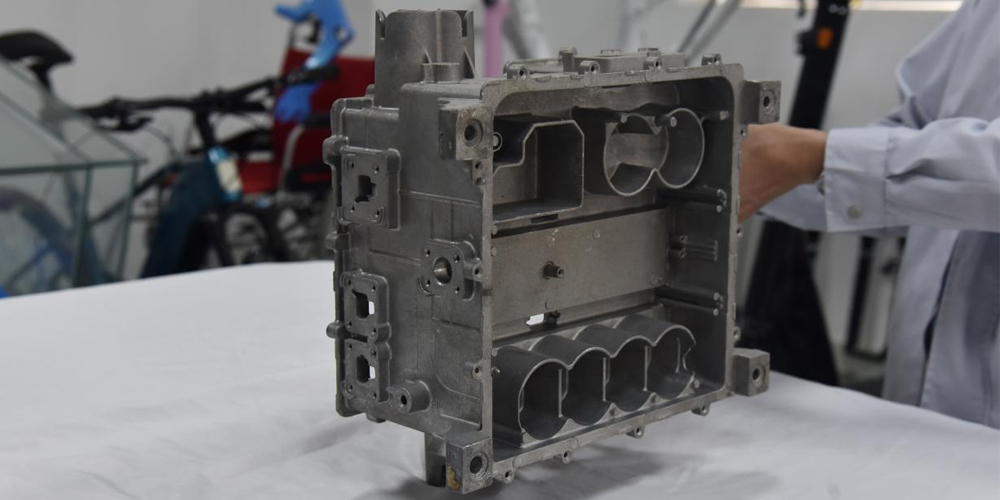In today’s fast-paced world, innovation plays a crucial role in the success of businesses and industries. The ability to bring new ideas to life quickly and efficiently has become a key factor in staying ahead of the competition. One powerful tool that has revolutionized the innovation process is prototyping.
Prototyping is the process of creating a preliminary model or sample of a product or design. It allows designers, engineers, and entrepreneurs to visualize and test their ideas before investing significant time and resources into full-scale production. By creating a tangible representation of their concept, they can gather valuable feedback, make necessary improvements, and ultimately accelerate the innovation process.
One of the biggest advantages of prototyping is its ability to bridge the gap between abstract ideas and concrete reality. Many great ideas never make it to the market because they remain stuck in the conceptual stage. Prototyping allows innovators to transform their ideas into something tangible, which is easier for others to understand and evaluate. This not only increases the chances of getting buy-in from stakeholders but also helps identify any flaws or shortcomings early in the development process.
Moreover, prototyping promotes collaboration and communication among team members. By having a physical representation of the idea, it becomes easier for individuals from different backgrounds to contribute their expertise. Engineers can provide insights on the feasibility of design features, marketers can offer suggestions on the target market, and customers can provide valuable input on functionality and usability. This collaborative approach ensures that the final product meets the needs and expectations of all stakeholders.
Prototyping also enables rapid iteration and experimentation. The ability to quickly create and modify prototypes allows innovators to test multiple design concepts and make iterative improvements. This iterative process not only helps refine the design but also encourages creativity and exploration. By embracing a fail-fast mentality, innovators can learn from their mistakes, iterate on their ideas, and ultimately arrive at a better solution.
In addition to refining and improving ideas, prototyping also helps validate market demand. By presenting a prototype to potential customers, innovators can gather valuable feedback on the product’s appeal, usability, and potential improvements. This early validation helps reduce the risk of investing in ideas that may not resonate with the target market. It also provides a solid foundation for further development and market entry.

Furthermore, prototyping can help showcase the innovation to potential investors and stakeholders. A well-executed prototype can effectively communicate the vision, value proposition, and market potential of an idea. This visual representation instills confidence and credibility in the minds of investors, making it easier to secure funding and support for further development.
In conclusion, the power of prototyping in accelerating innovation cannot be overstated. It enables innovators to bring their ideas to life, bridge the gap between abstract concepts and concrete reality, promote collaboration and communication, facilitate rapid iteration and experimentation, validate market demand, and attract investors and stakeholders. By embracing prototyping as an integral part of the innovation process, businesses and industries can stay ahead of the competition and drive meaningful change in the world.
-

- Componenti di alta precisione in magnesio thixomolding Copertura UAV
-

- Alloggiamento per UAV di parti di tixostampaggio in magnesio
-

- Cassa di trasferimento per ricambi auto in pressofusione in lega di magnesio
-

- Parti UAV tixomolding in lega di magnesio pressofusione
-

- Prodotta la scheda centrale macbook con parti metalliche su misura
-

- Staffe metalliche Thixomolding pressofuse in lega di mangensio

 0086-750-5616188
0086-750-5616188 +86 13392089688
+86 13392089688 sales@zhongmei-tech.com
sales@zhongmei-tech.com







